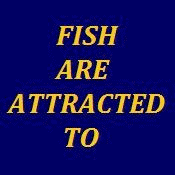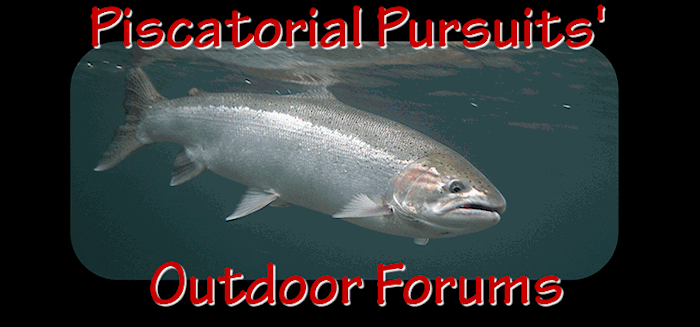Sockeye recovery in Lake Sutherland is possible and probable if the existing kokanee population is native to the system and currently self-sustaining. Recovery is very likely possible without closing the lake to recreational fishing entirely for the five years proposed. Keeping the lake closed through the spring months (yeah, the favored lake fishing season) until mid-June or the end of June would give any sockeye, and coho and steelhead and cutthroat smolts for that matter, adequate opportunity to emigrate from the lake. The sub-yearling kokanee/sockeye in the lake are generally too small to enter a typical recreational fishery, and those that would become sockeye smolts the next year would be protected from harvest until after the normal smolt migration season was completed.
It seems like some monitoring is necessary to determine that any of the kokanee will smoltify and migrate, and also to determine whether the beaver dams are migration barriers or not. Sometimes they are, and often they are not; it's a case-specific thing. Monitoring to determine when fish migrate from this lake would help pin down time periods that should be open or closed to sport fishing. Additional monitoring of Lake Sutherland's zooplankton would be useful for estimating the potential sockeye productivity, but not necessary for deciding whether or not to allow recreational fishing for this prospective five year period.
Sg













 Previous Topic
Previous Topic Index
Index



